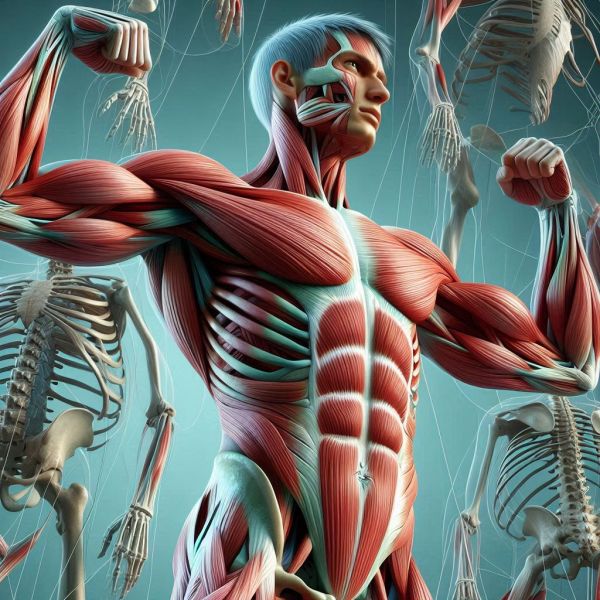
- 1 What are bones and why do we need bones?
- 2 Why do we need bones? – Bone structure
- 3 What is the smallest bone in our body?
- 4 What is the largest bone in our body?
- 5 Why do we need bones? – What happens when bones break?
- 6 What is the task of muscles?
- 7 Why does pain occur in untrained muscles?
- 8 Why is it important to do sports?
What are bones and why do we need bones?
Why do we need bones? Without bones, our body would be an incomprehensible shapeless mass.
Bones are the solid support of the body. Thanks to bones and muscles, we can perform various movements. Bones protect internal organs such as the brain, lungs, etc. The skeleton consists of bones. Together with muscles and ligaments, bones form the musculoskeletal system of the body. In addition, bones accumulate calcium – a vital macroelement. Bone marrow, contained inside the bones, produces erythrocytes and some leukocytes – the most important components of blood.
Why do we need bones? – Bone structure
Bones consist of 10% water, 60% organic part, 30% mineral part.
They are very light, but can withstand heavy loads. The surface of the bones is covered with periosteum, which consists of several layers and which includes cells capable of forming new bone tissue cells – osteoblasts. Inside the bone is a cavity with bone marrow, divided by bony beams. Bones are permeated with blood vessels and nerves. Not all bones in the body have the same structure: there are flat, long, and short bones.
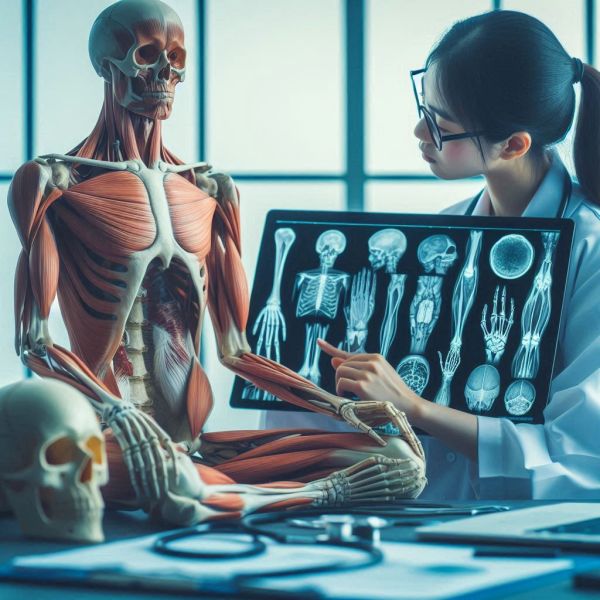
There are 203-206 bones in the body of an adult. Some, such as the bones of the skull, do not fuse until the moment of birth, but have unclosed crowns. Why? First, because passing through the birth canal, the newborn’s skull is deformed. And secondly, the cerebellum is needed so that the newborn’s brain can grow and increase in volume. Over time, the crown of the head closes, forming stitches. Cranial bones are not the same. Pelvic bones also grow later.
What is the smallest bone in our body?
The smallest bone in our body is in the ear. Is a small auditory bone in the middle ear, 2.6 to 3.4 mm long, weighing up to 2.5 mg. The shape of the bone resembles a stirrup, hence the name. Two legs depart from the base of the stirrup, which are connected to the head. With the help of two other auditory bones – the malleus and the anvil – the stapes connects the eardrum to the inner ear.
What is the largest bone in our body?
The femur is the longest and strongest tubular bone of the human skeleton. Like all long tubular bones, it has a body at two ends. The femur is the only bone in the upper leg. Both femurs converge medially to the knees, where they form joints with the tibia.
Why do we need bones? – What happens when bones break?
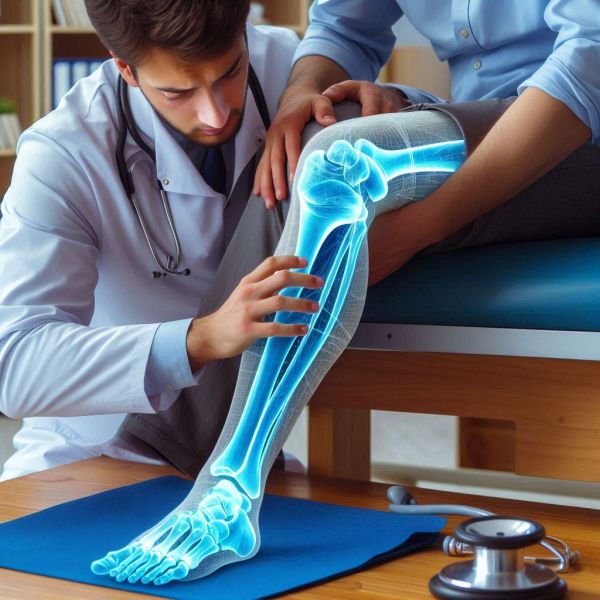
Why do we need bones if they break? At first, the bones are very strong, although they can be slightly deformed. But, if the load is very heavy, they cannot withstand and break. Various types of fractures can occur during a fall or from being hit by a heavy object. There are incomplete (only in children) and complete fractures. In an incomplete fracture, there are no separate fragments, as in a complete fracture, but there is only a fracture.
Damage to a bone in a complete fracture can be transverse, longitudinal, oblique, etc. With a fragment fracture, there is no single line, but separate fragments are formed. A closed fracture is not accompanied by damage to the skin, and in an open one, the skin is damaged and the bone protrudes outward. Bones usually grow after a fracture. And in order for them to grow correctly, a plaster bandage is applied to the injured areas.
What is the task of muscles?
Without muscles, we would not be able to move. Muscles support the skeleton, allow us to run, jump and even laugh.
Muscles of the head, neck, back, abdomen, legs and arms are distinguished. There are muscles in internal organs — muscles of the heart, stomach, and intestines. All movements occur thanks to the work of muscles.
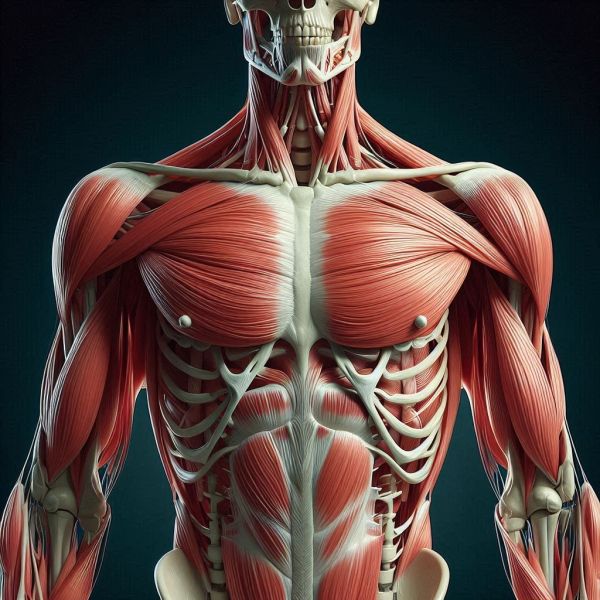
There are almost 650 muscles in the human body.
Muscle work ensures the normal course of all processes in the body. But another important task of muscles is heat generation. Skeletal muscle converts the chemical energy received from food into mechanical work with the release of heat. In this way, the body maintains a constant temperature, which is normally equal to 36.6 C. Muscles need a lot of energy especially when we do sports.
Muscles are attached to bones with tendons. A tendon is a part of a muscle (ending), which consists of collagen fibers that give tendons strength. Muscles contract or relax and transmit movement to bones with the help of tendons.
The Achilles tendon, which connects the calf and soleus muscle to the calcaneus, is the strongest and longest human tendon, but it is the most frequently injured.
Why does pain occur in untrained muscles?
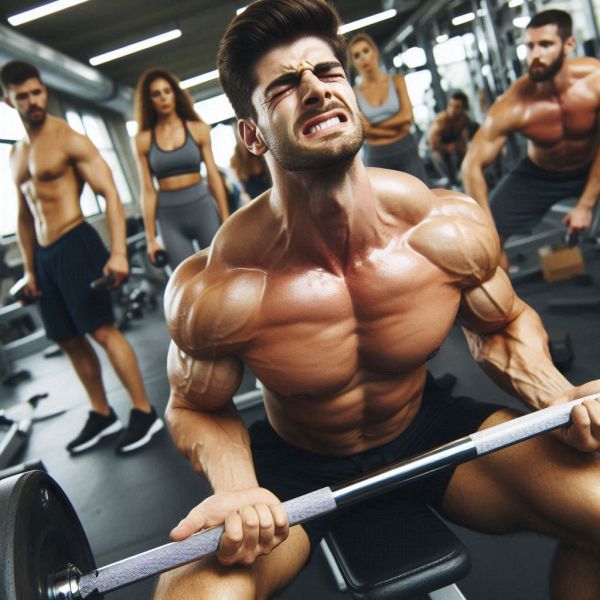
Muscle pain (cramping) has two causes. It is widely believed that it occurs due to the accumulation of lactic acid, which is produced in the muscles. The second reason is that micro-traumas of muscle fibers are observed during heavy loading. Dead fibers break down, which causes soreness. If the load on the muscles is constant, there are significantly fewer breaks and there is no crepature.
Why is it important to do sports?

A person who moves a lot has excellent well-being and good health. Due to hardening, immunity is strengthened. In addition, sports raise the mood, because during intense exercise, the body produces endorphins – hormones of happiness. Sports help burn fat and strengthen muscles, as well as improve metabolism. During physical exercises send